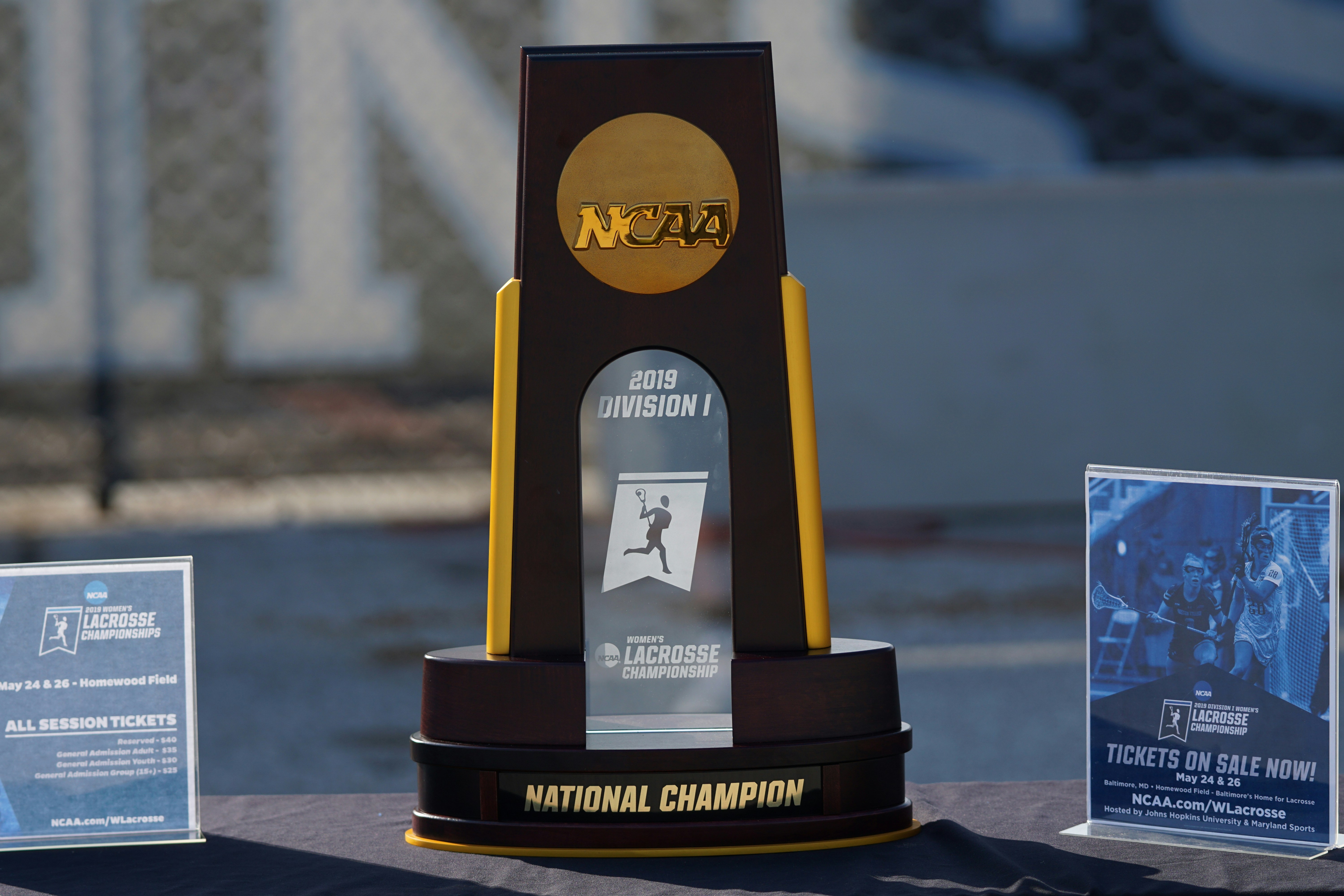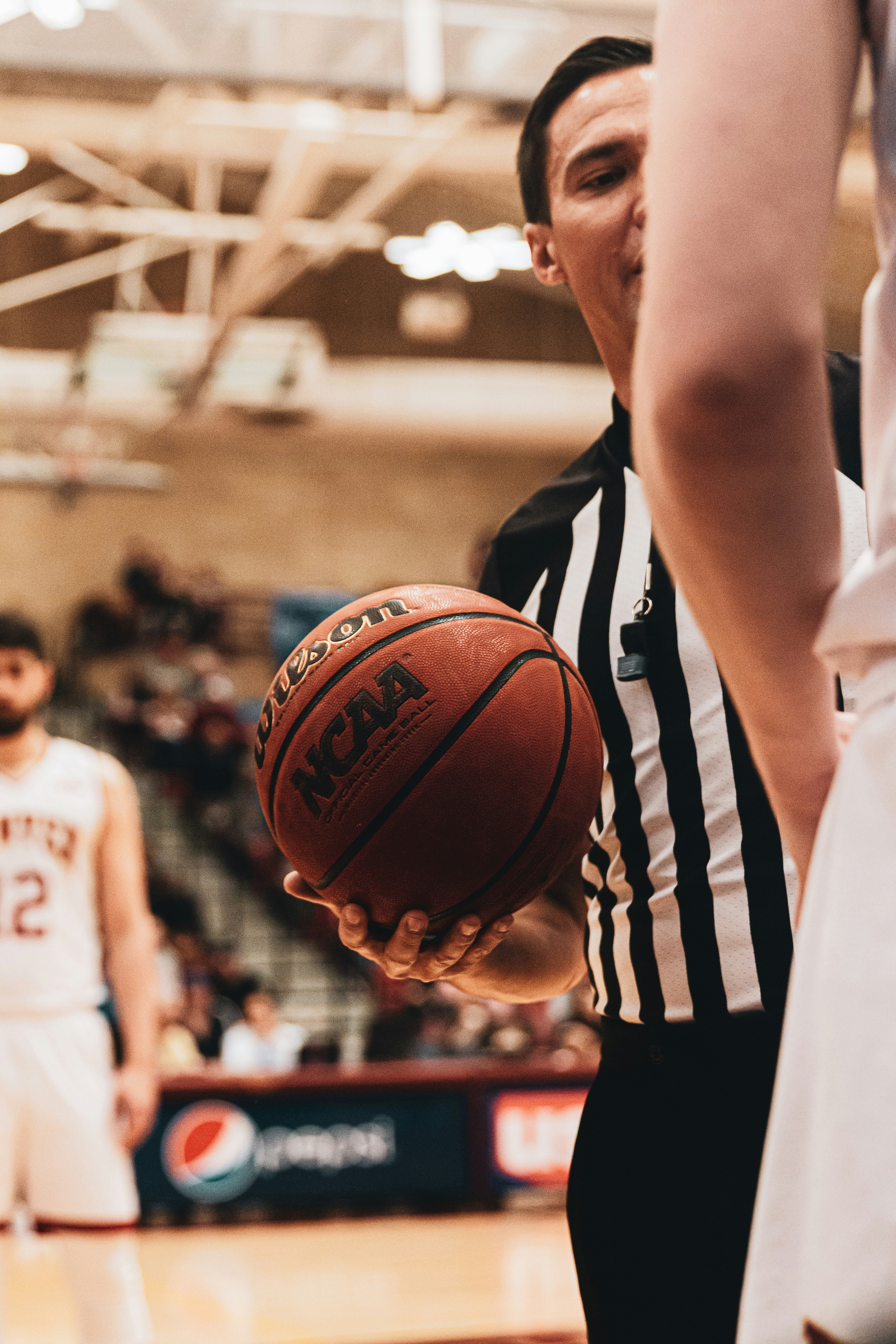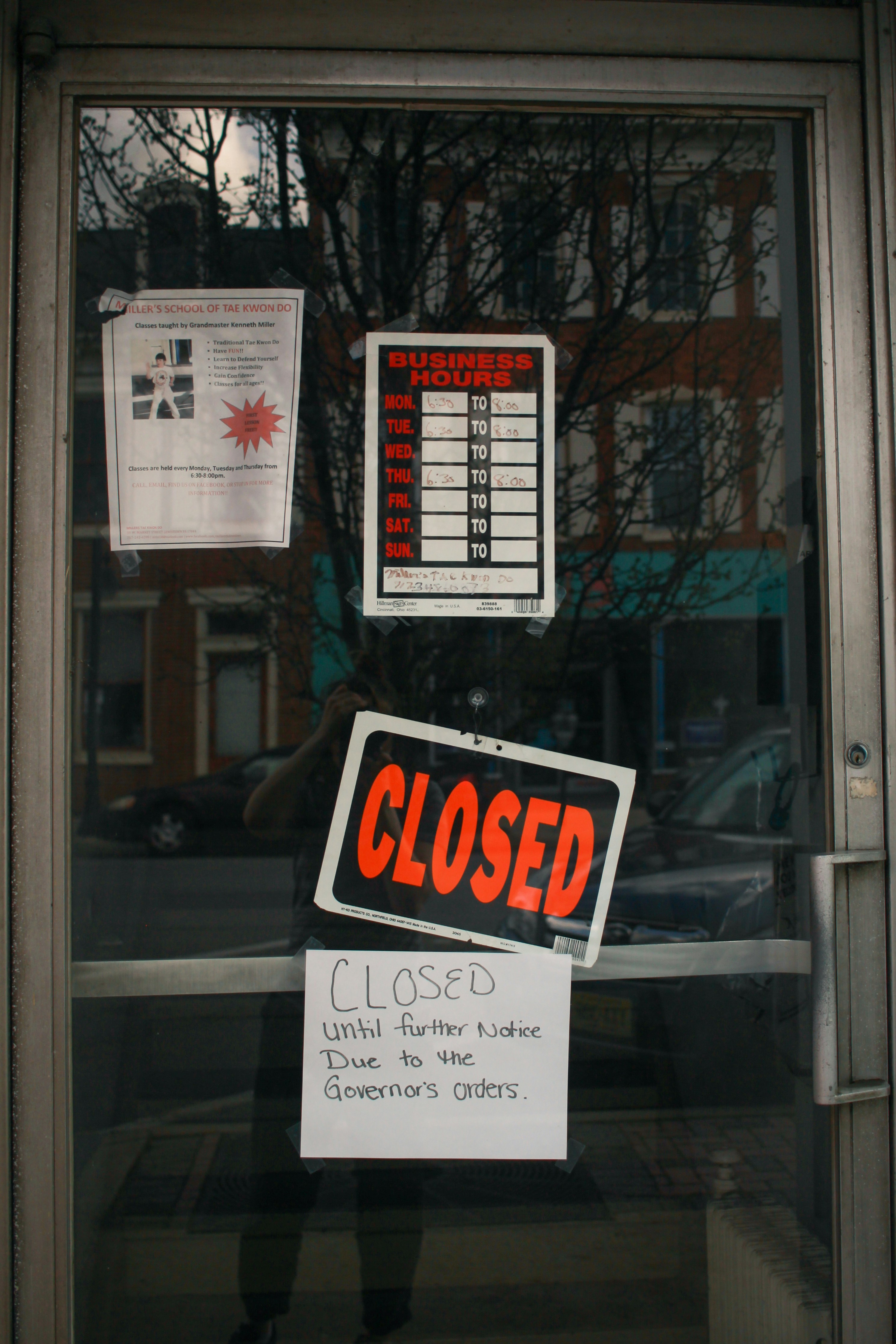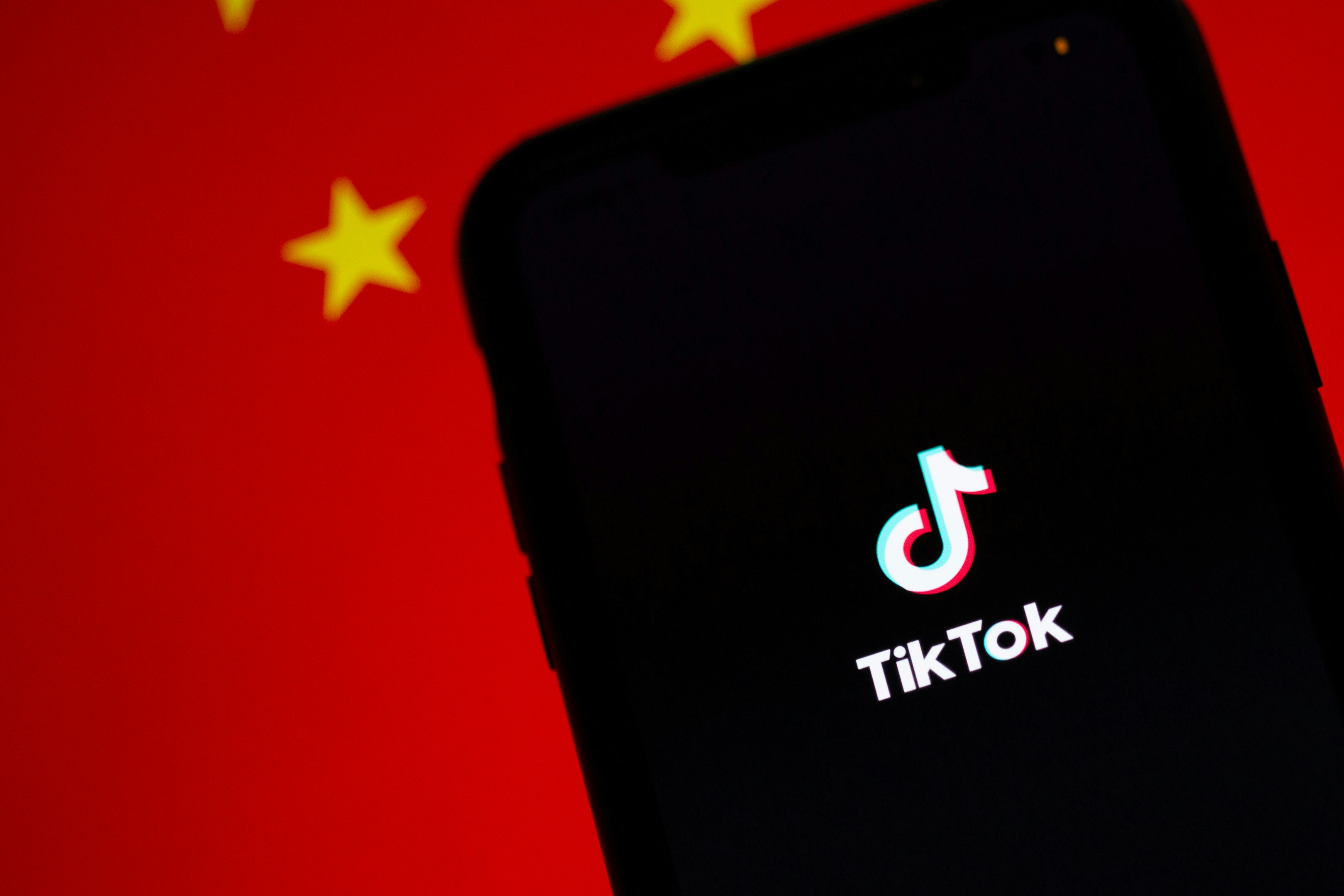
The Evolution of College Athletics
The inception of college athletics can be traced back to the late 19th century when intercollegiate competitions began to gain popularity. Initially, these events were characterized by a spirit of amateurism, where student-athletes participated primarily for the love of the game and the experience of competition rather than financial gain. This model was firmly rooted in the belief that education should take precedence over sports, aligning with the values espoused by institutions of higher learning. As athletic events burgeoned in popularity, the National Collegiate Athletic Association (NCAA) was established in 1906 to oversee these competitions, with an emphasis on maintaining the amateur status of athletes.
Throughout the decades, college athletics evolved significantly. The mid-20th century brought about a surge in television coverage, transforming college sports into a lucrative industry. However, the amateur model remained intact; athletes were not compensated beyond scholarships covering tuition and living expenses. This imbalance raised concerns about equity, especially as universities and athletic departments generated substantial revenues from merchandise sales, broadcasting rights, and sponsorship deals, while the athletes themselves received little to no monetary benefit.
The late 20th and early 21st centuries saw increasing scrutiny and advocacy for the rights of college athletes. Movements to provide athletes with stipends, endorsements, and other forms of compensation gained momentum, reflecting a fundamental shift in the perception of college sports. This tension between the historic amateur model and the commercial realities of college athletics has sparked ongoing debates about equity and fairness, contributing to the current controversies surrounding payments. As societal attitudes evolve, the challenge lies in finding a balance that honors the tradition of college athletics while adapting to the current economic landscape and the needs of student-athletes.
The Rise of Athlete Advocacy: A Changing Landscape
In recent years, the landscape of college athletics has undergone a significant transformation, with athlete advocacy groups playing a pivotal role in advocating for the rights of college athletes. These organizations have emerged as powerful voices, championing the cause for financial compensation, equitable treatment, and increased support for student-athletes across the nation. The growing recognition of athletes’ rights has led to a more informed public, fostering widespread support for reforms that prioritize equity in collegiate sports.
One of the notable organizations at the forefront of this movement is the National College Players Association (NCPA), founded in 2001 by former college athletes. The NCPA has been instrumental in bringing attention to the challenges faced by student-athletes, including significant time commitments, limited personal freedoms, and inadequate financial support. Through various initiatives, the NCPA aims to advocate for equitable treatment and compensation for athletes, pushing for reform at both institutional and legislative levels.
Furthermore, the recent developments in name, image, and likeness (NIL) rights have galvanized both athletes and advocates. Initiated by state legislation and driven by the advocacy of various athlete groups, these changes allow college athletes to monetize their personal brands. Athlete advocates have successfully raised awareness about the importance of equitable financial opportunities, prompting universities and athletic departments to adapt to the new economic landscape of college sports.
Additionally, public support for these reforms has surged, fueled in part by high-profile cases and outspoken athletes who have bravely shared their experiences. From social media campaigns to formal legislative proposals, athletes are increasingly using their platforms to call for justice and equity in their treatment, further emphasizing the necessity of these advocacy efforts. As the conversation continues to evolve, the collective actions of these advocacy groups indicate a burgeoning recognition of the need for reform in college athletics.
NCAA Regulations: A Closer Look
The National Collegiate Athletic Association (NCAA) has long maintained strict regulations surrounding compensation and payments to college athletes. These regulations, initially intended to preserve the amateur status of participants in college sports, now face significant scrutiny and criticism. One of the primary challenges is that these rules are often perceived as antiquated and not reflective of the current dynamics within the college athletics landscape. With increasing revenue generated from television contracts, sponsorship deals, and merchandise sales, there is mounting pressure to reevaluate these regulations.
Current NCAA rules generally prohibit athletes from receiving compensation beyond scholarships and cost-of-attendance allowances. This has led to numerous controversies, especially as athletes generate substantial revenue for their institutions through viewership and attendance at games. Critics argue that the NCAA’s compensation structure does not adequately compensate the athletes for the revenue they help generate. Moreover, as public sentiment shifts towards fair compensation and equity, the NCAA struggles to maintain its regulatory framework while addressing these demands.
The NCAA’s failure to adapt its regulations has resulted in a widening gap between what is expected by athletes and what is legally permitted. This dissonance creates an atmosphere ripe for legal challenges and reform movements. States and institutions are beginning to implement their own rules, allowing athletes to profit from their name, image, and likeness (NIL), further complicating the NCAA’s regulatory environment. Additionally, as more collegiate athletes take advantage of these opportunities, the calls for comprehensive reform to the NCAA’s compensation policies intensify. This ongoing debate encapsulates the struggle between tradition and modern expectations within college athletics.
Legal Battles and Legislative Trends
The ongoing struggle surrounding the compensation of college athletes has led to numerous legal battles and notable legislative changes. Central to this discourse is the National Collegiate Athletic Association (NCAA), which has faced various lawsuits challenging its longstanding policies prohibiting athletes from receiving payments beyond scholarships. Notably, the case of O’Bannon v. NCAA set a significant precedent. This 2014 lawsuit argued that the NCAA’s practices unlawfully restrict athletes’ rights to profit from their names and likenesses. The ruling resulted in a shift, allowing college athletes to benefit financially from endorsements and other opportunities, underscoring the need for reform in NCAA regulations.
In conjunction with court rulings, a wave of state-level legislation has further influenced this landscape. States such as California and Florida have enacted laws permitting college athletes to receive compensation for their names, images, and likenesses (NIL). These laws have prompted the NCAA to reevaluate its policies, seeking to adapt to this rapidly changing environment. This evolving landscape has not only challenged the NCAA’s traditional model but has also led to increased competition among schools to attract top talent by offering athlete-friendly compensation packages.
Moreover, the legal challenges and legislative movements highlight a significant tension between maintaining the amateurism ideal in college sports and addressing the financial realities faced by student-athletes. The NCAA’s response to these pressures has been characterized by a cautious approach, often resulting in delays in creating comprehensive, equitable policies that align with legal mandates. As more states continue to pass laws regarding athlete compensation, the pressure for the NCAA to align its regulations with these changes intensifies.
Ultimately, the intersection of legal decisions and emerging legislation is reshaping the landscape of college athletics, compelling educators, policymakers, and athletic institutions to confront the complexities of compensating student-athletes fairly and sustainably.
Public Opinion: The Fans’ Perspective
The discussion surrounding athlete compensation within college sports has evolved significantly over the years, reflecting a dynamic interplay of public sentiment, media portrayal, and shifting cultural values. Traditionally, college athletics have been viewed through the lens of amateurism, with fans rallying around the notion that student-athletes should prioritize their education over monetary incentives. However, recent surveys and polls indicate a growing recognition among fans that these athletes contribute substantial revenue to their respective institutions and deserve a share of the profits they help generate.
A recent poll conducted by a leading sports news outlet revealed that nearly 60% of respondents support some form of compensation for college athletes, marking a notable shift from past years when public sentiment leaned heavily towards amateurism. This change can be attributed to increased awareness about the billion-dollar industry that college sports constitute, alongside the hardships many athletes face, including financial struggles while balancing rigorous academic and athletic commitments. Notably, a substantial portion of supporters are younger fans, suggesting that the generational gap plays a crucial role in shaping opinions on this contentious issue.
<pfurthermore, a="" advocacy="" advocating="" also="" amateur="" and="" approaches="" arena="" argue="" athlete="" athletes="" athletic="" athletics="" begun="" between="" by="" can="" change.="" coaches="" college="" commentators="" compared="" compensation="" contribute="" dialogue="" directors,="" disparity="" divide="" earn="" fans,="" fertile="" for="" former="" fostering="" frequently="" fundamentally="" future.The Role of Media and Sponsorships
The financial landscape of college athletics has undergone significant transformation in recent years, largely influenced by media coverage and sponsorship deals. As college sports have expanded their reach through various platforms, the ensuing media exposure has heightened the visibility of student-athletes, creating new economic dynamics. Broadcast agreements with major networks have not only increased revenue for college athletic departments but have also set higher financial expectations for athletes. As institutions leverage these contracts, a portion of the profits invariably infiltrates the ecosystem affecting player compensation.
Sponsorship deals, particularly those that stem from partnerships between college teams and brands, further exemplify the growing financial clout within this realm. Companies are increasingly investing in collegiate sports, recognizing the immense value of aligning their brands with popular athletes and teams. This has led to lucrative endorsement opportunities for college athletes, providing them with the chance to monetize their personal brands while still maintaining their student status. With platforms such as Instagram and TikTok, athletes can effectively market themselves, further illustrating how social media has changed the game. The ability to reach vast audiences directly has empowered athletes, placing them in a position to negotiate better sponsorship deals and maximize their earning potential.
The proliferation of digital content has created a new paradigm, where the lines between amateur and professional athletics are increasingly blurred. Platforms dedicated to sharing athletic feats, highlights, and lifestyle content have unveiled a latent market for advertising and promotional deals. Consequently, the expectations surrounding college athlete compensation are rapidly evolving, fueled by the revenue opportunities presented by both media contracts and sponsorship initiatives. As the landscape continues to shift, stakeholders within college athletics must navigate these changes, understanding how media types and financial arrangements might reshape the future of athlete compensation.
Success Stories and Models to Follow
The landscape surrounding college athlete compensation is evolving, with several institutions demonstrating successful models that provide alternative frameworks for benefiting student-athletes. Prominent among these success stories are schools in states that have adopted progressive laws allowing for fair compensation, as well as innovative programs initiated by universities and organizations committed to supporting athletes.
For instance, the University of California, Los Angeles (UCLA) serves as a key example, where legislative changes in California paved the way for college athletes to profit from their name, image, and likeness (NIL). In 2021, California’s law permitted student-athletes to sign endorsement deals, enabling them to monetize their popularity and brand. This shift has empowered athletes to negotiate contracts with companies, thus generating substantial revenue. As a result, athletes at UCLA and similar institutions have benefitted financially while gaining invaluable experience in brand management and business dealings, setting a precedent for a sustainable model that acknowledges the economic realities of college athletics.
Another noteworthy model is the partnership between the University of Nebraska and various local businesses. This innovative approach allows student-athletes to engage in community outreach programs that not only foster goodwill but also offer opportunities for sponsorships and endorsements. This collaborative model enhances the visibility of athletes while providing them with meaningful financial benefits. Furthermore, universities like the University of Florida have developed comprehensive educational programs that equip athletes with the knowledge and skills necessary to navigate the complexities of NIL agreements, ensuring that they make informed decisions in their financial dealings.
These examples clearly illuminate potential paths forward in the ongoing dialogue over college athlete compensation. By learning from these success stories and adopting similar frameworks, institutions can create a more equitable environment where the rights and needs of student-athletes are recognized and addressed. As the conversation surrounding college athletics continues to unfold, these models serve as promising blueprints for change.
Comprehensive Reform: A Sustainable Approach
The ongoing challenge of addressing payments to college athletes has indicated a pressing need for comprehensive reform within the landscape of college athletics. Notably, this issue transcends university borders, impacting numerous stakeholders, including athletes, athletic departments, policymakers, and educational institutions. A collaborative approach that brings these entities together is crucial to formulating a sustainable solution.
Key stakeholders must first acknowledge that the current model is neither fair nor equitable for the athletes who generate substantial revenue for their institutions. To genuinely address the payment issue, several potential reforms have been proposed. One such reform involves establishing a standardized framework that clearly delineates the rights of athletes regarding compensation. This could include allowing athletes to profit from their name, image, and likeness (NIL), which many states have recently adopted. Still, a cohesive national standard remains essential to ensure consistency across all colleges and universities.
In addition to NIL reforms, stakeholders could consider implementing a revenue-sharing model that allows a percentage of the athletic department’s earnings to be allocated directly to athletes. This model reflects the realities of college sports, where athletes are pivotal to the financial success of their programs. Moreover, educational institutions should establish comprehensive educational programs that emphasize the importance of financial literacy, empowering athletes to manage their earnings responsibly.
To navigate this complex landscape effectively, collaboration among stakeholders is paramount. University administrations must engage in dialogue with athletes and advocacy groups to understand their needs and concerns fully. Furthermore, involving federal and state legislators in discussions can help shape policies that promote fairness and equity in this evolving environment. Only through such collaborative efforts can the college athletics community find a path forward that balances the interests of all parties involved while ensuring that athletes receive the compensation they rightfully deserve.
Conclusion: A Call to Action
The ongoing debate surrounding payments to college athletes underscores a complex and multifaceted challenge that requires urgent attention from all stakeholders involved in collegiate sports. Traditional arguments against compensation often hinge on the amateurism model that has defined the NCAA for decades. However, this model increasingly appears outdated in the face of evolving societal norms and the sheer financial scale of college athletics. It is essential that we move away from outdated paradigms and recognize the value these athletes bring to their institutions.
The time has come for a collective effort to reform the payment structure for college athletes. This reform is not merely about providing financial compensation; it is about ensuring equitable treatment and recognizing the rights of student-athletes. By working together, administrators, coaches, athletes, and policymakers can create a framework that supports the well-being of the athletes while maintaining the integrity of college sports. A collaborative approach would allow us to explore alternatives such as fair payment systems, health benefits, and educational support that could enrich the college athletic experience.
Moreover, public discourse must evolve to support these reforms. While many stakeholders have vested interests in preserving the current system, an increasing number of voices advocate for change. These advocates must not only continue to raise awareness but also propose actionable solutions that align incentives and prioritize the welfare of student-athletes. Through shared commitment and decisive action, we can lay the groundwork for a future where college athletes are appropriately compensated for their contributions, creating a more just and sustainable model moving forward.
In conclusion, the path forward is not only necessary but also achievable if we can unite in our efforts to reassess and reshape the compensation dynamics within college athletics. By prioritizing the interests and needs of student-athletes, we can carve out a more equitable and respectable system that honors their hard work and dedication, thus ensuring the continued integrity and success of college sports.
















+ There are no comments
Add yours